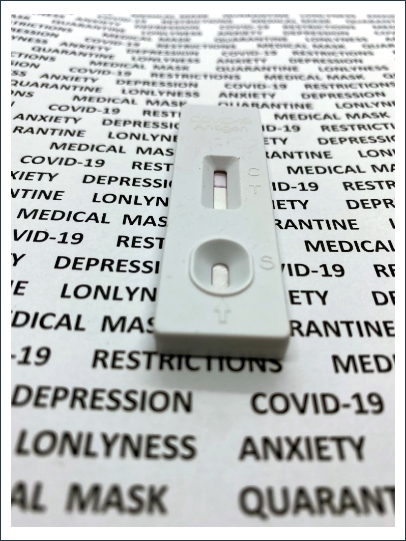
Recent research developments in cognitive and behavioral science as well as in neurobiology have been very fertile ground for ideas to explore in creative nonfiction. Here are two examples. First, for many years Tashiro had been interested in how people formed misconception. He conducted 12 years of research in this area. However, throughout the continuing SARS-CoV-2 Pandemic you can find many misconceptions about the SARS-CoV-2 virus variants causing Covid-19 disease, vaccination development, preventative behaviors that are likely to reduce chances of infection, and uncertainty about whether or not to get recommended vaccinations and boosters that could substantially reduce risk of contracting Covid-19 disease. A second area of misconceptions is how and why intensities of divisiveness, incivility and uncivility have increased in America during the past 90 years. A broad base of research reveals a diversity of misconceptions presented as truths on many social media feeds and news programs. Often, such misconceptions evolve from too narrow a study of broad swaths of academic literature that includes peer-reviewed research in science, sociological domains, political and economic theories and practice, philosophy, and religion.
Both of these areas of misconception and their many facets can be examined through the lenses of cognitive science, behavioral science, and neurobiology. The biggest stumbling block for many nonfiction writers is how to gather and analyze the breadth and depth of evidence-based studies related to a particular problem, interpret the studies accurately, and then write a coherent and accessible piece to help people get at least some sense of the complexity of the world.
Here is a teaser—an excerpt from a creative nonfiction piece Tashiro wrote about critical driving forces shaping America’s divisiveness, incivility, and uncivility.